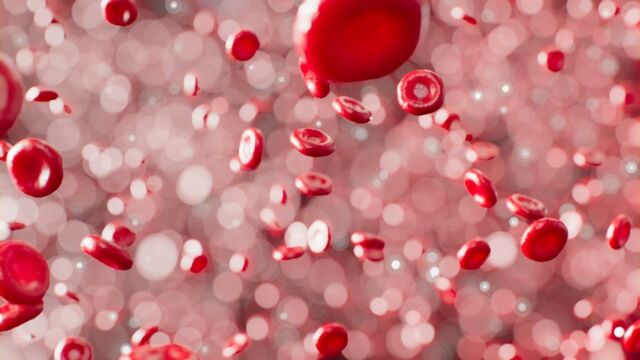Being a matter that does not degrade easily, plastic pollution has risen to the top of the environmental priority list. Scientists have finally assessed the internal exposure of plastic particles in human blood for the first time. The research is published in the journal Environment International.
Discover our latest podcast
What does having plastic in our bloodstream mean?
The study was conducted amongst 22 individuals and 80% of them had microplastics in their bloodstream, including PET plastic (used to make bottles).
National Oceanic and Atmospheric Administration describe 'microplastic' as:
Those (plastics) that are less than five millimeters in length (or about the size of a sesame seed) are called 'microplastics.'
The 'widely encountered' plastics in the bloodstream of the 17 individuals are polyethylene terephthalate, polyethylene and polymers of styrene.

Researchers added:
This pioneering human biomonitoring study demonstrated that plastic particles are bioavailable for uptake into the human bloodstream.
An understanding of the exposure of these substances in humans and the associated hazard of such exposure is needed to determine whether or not plastic particle exposure is a public health risk.
Read more:
⋙ Plastic causes high blood pressure in pregnant women, new research shows
⋙ How to make your period plastic-free
⋙ Vladimir Putin: Has the Russian President been abusing plastic surgery?
How does plastic in our bloodstream impact our health?
The study defines the functioning of the bloodstream as:
Blood as a component makes up 6-7 per cent of body weight in humans. It irrigates the body’s organs and is the transport pathway for oxygen, nutrients and potentially also plastic particles around the body to other tissues and organs.
Scientists say that plastic is unfortunately present everywhere in the environment. And the plastic enters our bloodstream, and 'the majority likely enter via ingestion or inhalation.'
Despite the lack of data needed to perform research on plastic in the bloodstream and produce a human health risk assessment (HRA), the study highlights the following:
It is scientifically plausible that plastic particles may be transported to organs via the bloodstream.















